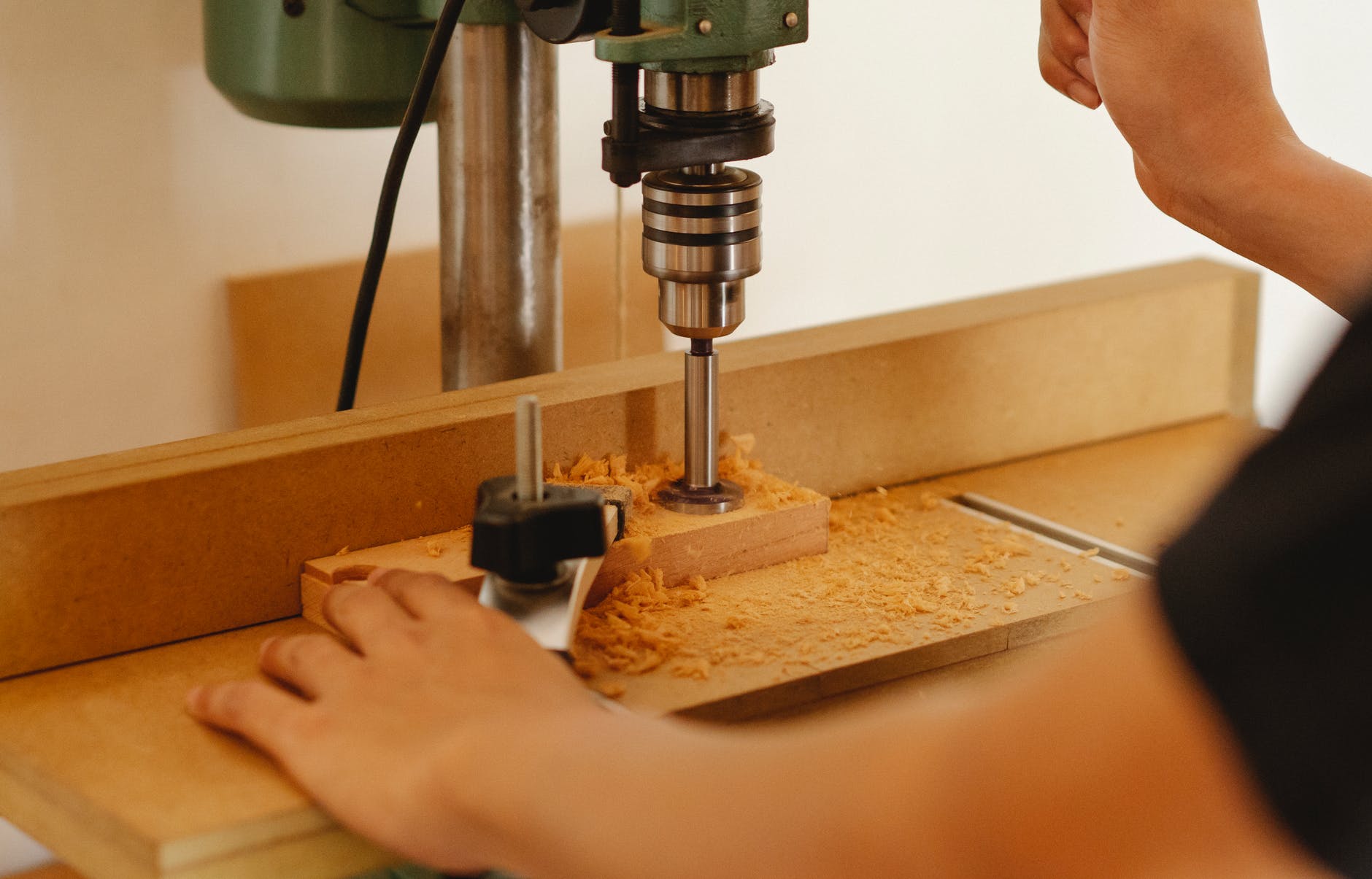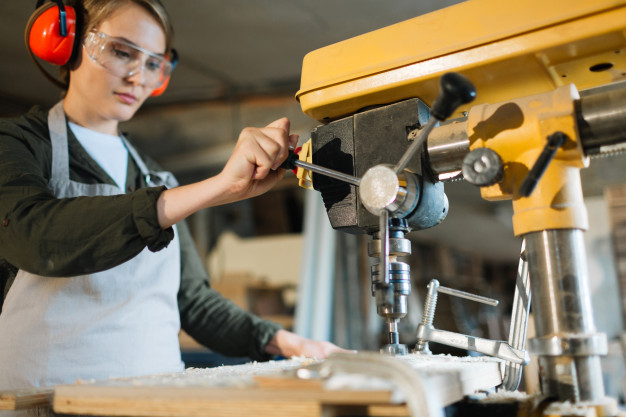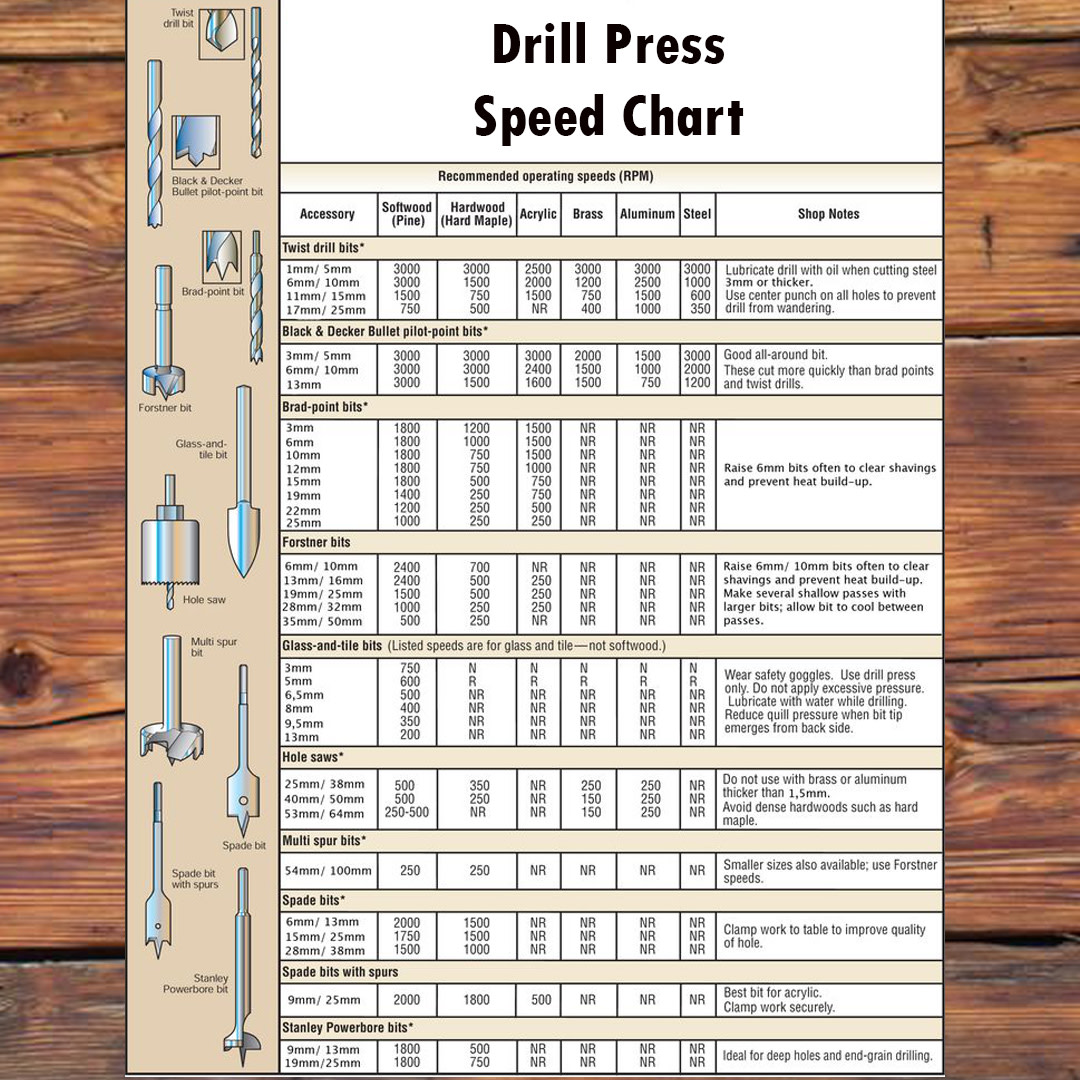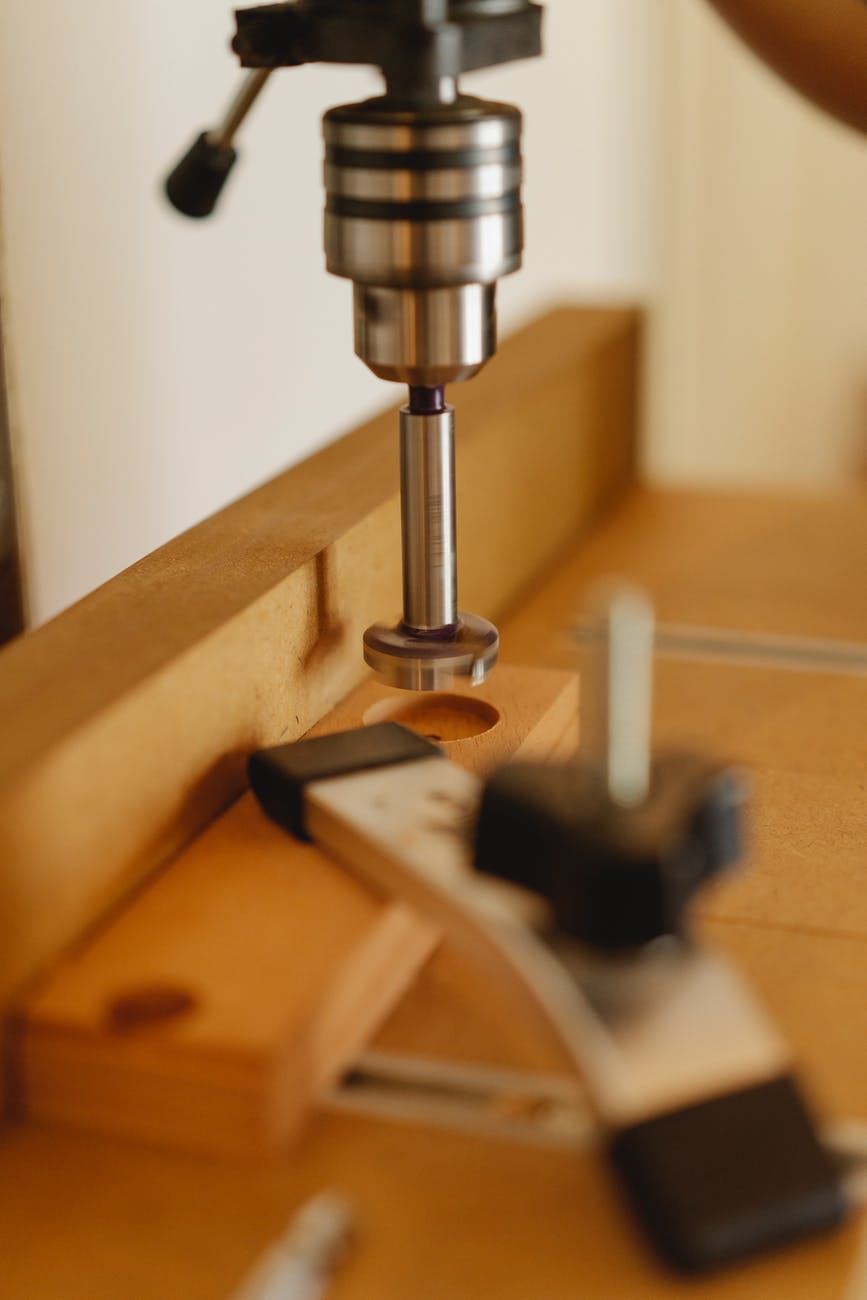A drill press is a benchtop or stationary power tool that helps to bore precise holes in metal, plastic, or wood. Similar to a hand-held drill, a drill press uses different sized bits to create holes of different diameters. However, unlike handheld drills, it is not highly portable.
If you are looking for a power tool to complete an occasional DIY project around your home, then a drill press is not for you. But if you are serious about working with metal or wood, then you should invest in one as it will make it simpler to drill precise holes, counterbore, or countersink those holes and utilize sanding attachments.
Here we will discuss the speed of the drill press that should be used for a particular project and how you can set it to complete your project efficiently.

Does Speed Matter When Using Drill Press?
A drill press is a heavy and quite expensive motorized tool. Whatever it lacks in portability, it makes up for in precision and power. Handheld drills typically rely on the steadiness of the operator and arm strength to drill a clean, accurate hole while drill presses are precise by design. Most drill presses are designed with variable rotation speeds that ensure efficient drilling of holes in different types of materials.
Usually, bench-top models deliver five or six speeds; however, a powerful floor model can offer up to 16 speeds. It is essential to pay attention to the speed when you are drilling with a drill press because the harder the material, the slower the drill bit speed you will need.

What Speed Should My Drill Press Be?
Operating the drill bit at high speed will make it hotter, which, in turn, dulls the bit quickly. Typically, it is better to drill through metal at a slow speed.
For metals, you can use a small twist bit of 1/16-inches to 3/16-inches to drill at 3,000 rpm, while 350 to 1,000 rpm is recommended for larger drill bits of 11/16-inches to one-inch.
As a rule of thumb, faster speeds are better for drilling wood, while slower speeds are better for metal. Moreover, you can consult a drill press speed chart or check the manufacturer’s recommendations to ascertain the correct speed for a particular material.

Photo credit: pbs.twimg.com
How Do You Set the Speed on a Drill Press?
You can easily set the speed on your drill press manually with the help of the following steps:
- Before you start, make sure that your drill press is not plugged in the socket.
- Open your drill press and move the knob and latch designed on the side of the drill press. This will move the motor which will loosen the belt.
- Once the belt is loose, use your fingers to gently move the belt to the desired level by simply rotating the pulleys.
- After you have adjusted the belt to your desired level, use the knob and latch to tighten the belt and secure the motor.
- Make sure to close the drill press before plugging it in the wall socket.
You can also check the video below to see how you can easily and safely adjust the speed on your drill press manually.
How Are Drill Press Speed and Bit Diameter Related?
Drill press speed is typically measured in rpm (revolutions per minute). You should drill at a slow speed when using bits with a larger diameter. At times, even 250rpm may be too fast for drilling metal. However, if you are drilling wood, you will have to use a speed of 1200-1500 rpm. When using a bit that is 1¼-inch or above in diameter, it is best to drill at 700rpm or less.
Conclusion
Productivity, precision, control - these are the attributes that give the drill press an edge above standard handheld drills. Its speed of repetition and accuracy in drilling a perfectly vertical hole of the exact same depth and diameter, again and again, makes this tool highly versatile and useful.
However, if you do not know the best speed for a particular material, it will not be of much use to you. Make sure that you consult a drill press speed chart to work your drill at the correct speed.
People Also Ask
It is important to work the drill bits at the right speed so that you can drill accurate holes efficiently. Although having a drill press speed chart is vital, answers to the following questions will further help you in deciding the right speed:
How Many Speeds Does a Drill Press Have?
A drill press has variable rotation speeds that come in handy when drilling holes in different materials. A bench-top model may have five or six speeds, while a good floor model may offer up to 16 speeds.
What Does Belt Position Have to Do With My Drill Press Speed?
You can adjust the drill press speed by changing the belt position of your drill press. However, it is essential to keep in mind that slower speeds are better for metals, while higher speeds are recommended for drilling holes in wood.

What Happens if I Use the Wrong Speed on My Drill Press?
Drilling at the wrong speed will result in heating up the material and changing its properties. You can also ruin the materials if you do so.
